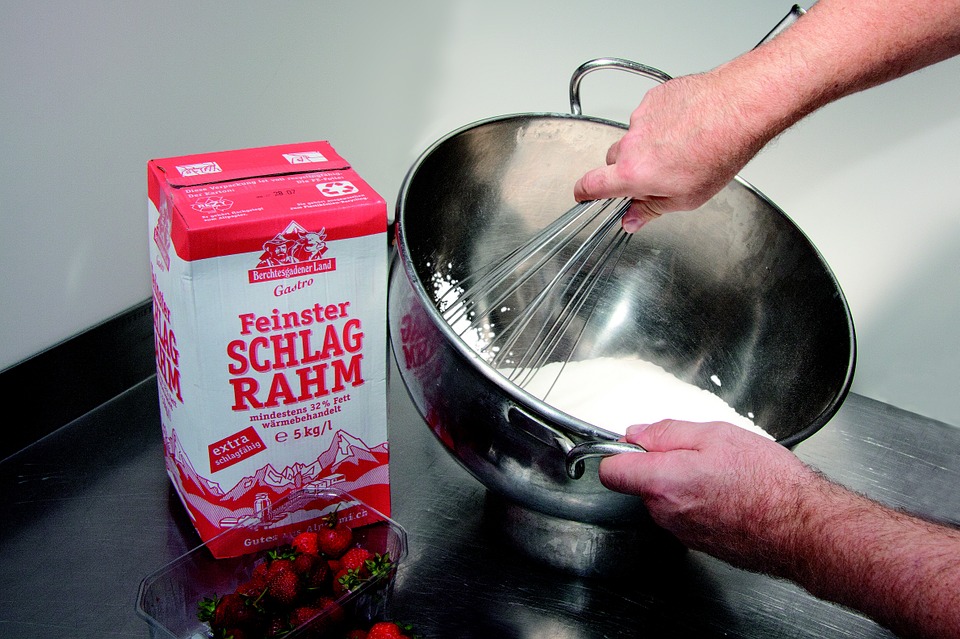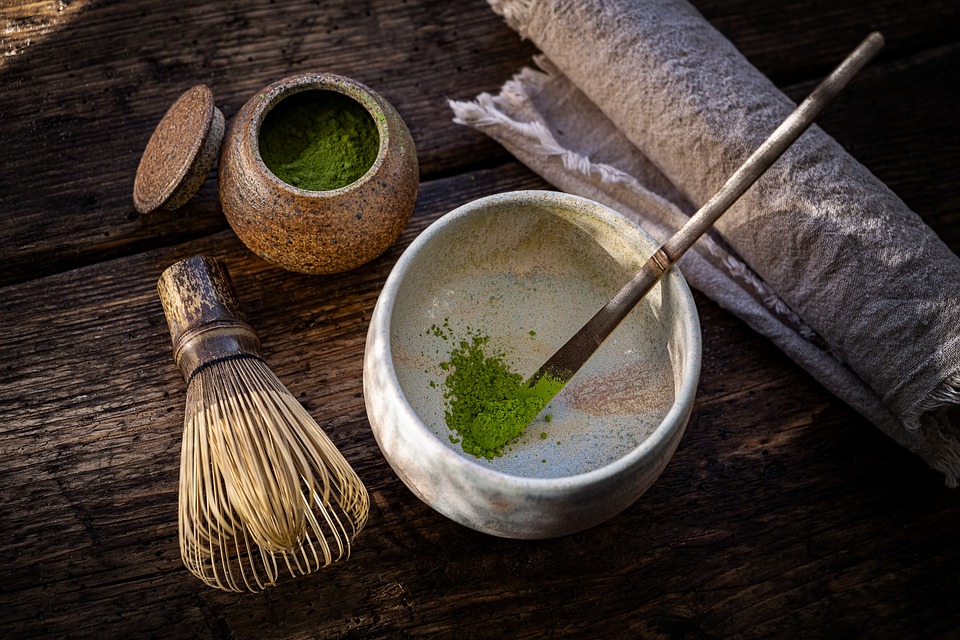If you are wondering about the different types of whisks, you are in the right place; This article will give you all the important information about the different types of whisks. Whisking is done with a whisk, which introduces air into the substance being whisked. To put it another way, a whisk mixes air into liquid substances.
To add air to and therefore “grow” the meal at hand, use a whisk or attach a whisk attachment to a mixer. Every business kitchen, from 24-hour eateries to high-end hotels, should have the correct whisk on hand to tackle a variety of duties. It’s critical to use the appropriate whisk when making a roux to thicken crab mac and cheese or topping a wedding cake with scented whipped cream.

When Is It Appropriate To Use A Whisk?
A whisk is the best instrument for whipping egg whites into a froth, whipping cream into whipped cream, emulsifying difficult-to-combine liquids, and smoothing gravies, to name a few things. Whisks, also known as culinary whips, are implements with a small handle on one end and wire loops connected on the other. Depending on the whisk you use, the loop configuration and thickness vary. Whisks can be used to incorporate air into a recipe or to combine materials thoroughly.
Different Types Of Whisks
Whisks are a must-have item in every commercial kitchen, whether you’re making sweet delicacies for your bakery display case or making housemade vinaigrette in your high-end cafe. But did you know there are various them, each meant to assist you with a specific task? The most popular types of cooking whips, as well as what distinguishes them and when to use them, are listed below.
Piano / Balloon Whisks
Balloon or piano whisks are formed out of thin wires and bulbous ends. Because they’re helpful for a range of basic culinary jobs, these whips are considered multi-purpose or everyday whisks. The shape of this whisk is believed to resemble that of a balloon, while its wires are said to resemble those of a piano.
Compared to other types of whisks, these whisks create more significant movement when mixing materials since their wires are springy and have a broad, rounded end. When beating, this additional motion effectively brings extra air into the mixture.
Uses For Piano / Balloon Whisks
Here are a few examples of how piano or balloon whisks are used:
- Whipped cream
- Meringue
- Eggs
- Egg Whites
- Lightly mixing dry ingredients as a substitute for sifting
French Whisks
French whisks look like balloon whisks but have a smaller design and slightly thicker wires. These bigger wires are ideal for mixing heavy substances, but they must still be flexible enough to allow for further movement. Because these French whips have a tiny end, they may scrape up the product and prevent things from burning on the stove by fitting into the corners of your pots and pans.
French Whiskey’s Applications
Here are a few frequent uses for French whisks, which have thick wires and a thin frame:
- Sauces
- Emulsions such as vinaigrettes or mayonnaise
- Batters
- Pancakes
- Custards
Ball / Kettle Whisk
Long handles with a big, cage-like ball at the end characterise kettle whisks. In deep kettles or stockpots, these kettle whips combine ingredients. You can also combine ingredients while keeping your hands away from the heat source, thanks to the extended handles of these kettle whisks.
Ball / Kettle Whisks Have a Variety Of Uses
- Soups
- Sauces
Minibar Whisks
Minibar whisks are intended explicitly for whisking egg whites in a bar atmosphere. Light and airy drinks like the gin fizz, champagne flip, and white lady are made using egg whites. Because of their small size, these bar whips may fit in any glass size and are easy to store behind the bar. Because these bar whisks have the same thin wires and bulbous end as piano whisks, they give your mixture movement and add air to your egg whites, resulting in a fluffy, bubbly finished product.
Uses Of Mini Bar Whisks
A small whisk is ideal for whisking up a couple of eggs for a personal scramble, and it’s excellent for emulsifying vinaigrettes and mixing dips and sauces. It can reach into the bottoms of small bowls and fit into tight spots where a regular-sized whisk can’t, such as measuring cups.
Conical Whisks
Thin wires are shaped into an elongated shape with a broader centre and narrow end in conical whisks. This unique diamond-shaped form is ideal for reaching items stuck in the corners of your pots or pans. These conical whisks can also be used in place of spatulas or scrapers to adequately incorporate all components into your mix due to their rigid design.
Flat / Roux Whisks
Flat or roux whisks have a flattened inflated shape with several looped wires, usually four. To attain the best mixing angle, use these whisks with shallow pans. The lower the handle is about the pan, the flatter the whisk will lay and the greater surface area it will cover.
Flat / Roux Whisks Have a Lot Of Applications
- Gravy
- Roux
- Sauces in shallow pans
- Removing poached eggs from water
- Substitutes as a fish spatula when removing fish from liquid
Spiral Whisks
One wire loop that has been firmly wound into coils forms the basis of spiral whisks. This whisk’s angled head is intended to maintain continual contact with the pan’s bottom during mixing. This ensures that the whisk catches all ingredients and prevents them from burning. The smaller coils work to break up clumps of dry materials as the angled head makes contact with the pan’s bottom, resulting in a smoother finished product. With their flat, compact design, Spiral whips are suitable for usage in small bowls where balloon or French whisks would be too cumbersome.
Using spiral whisks, you can combine a wide range of ingredients, such as:
- Gravy
- Sauces
- Vinaigrette
- Salad dressings
- Roux
Dough Whisks
The flat form of these dough whisks, also known as Danish dough, features an outer circular and an inside oval with a loop. These dough whisks, which resemble a Picasso painting, are ideal for bakeries, restaurants, and caterers who make housemade bread and batters.
Dough whisks are ideal for managing tough doughs or batters without overworking the ingredients, as their name suggests. The thin wires, unlike wooden spoons, are ideal for quickly cutting into doughs and scraping away flour pockets for a smooth, consistent combination.
Dough Whisks Have a Wide Range Of Applications
- Brownies
- Muffins
- Pancakes
- Waffles
- No-knead bread
- Scones
- Irish soda bread
What’s The Best Way To Clean A Whisk?
Whisks can be a complex object to clean in the kitchen. We’ve all been there, squeezing soapy sponges between loops and still missing a few areas. Even if you run your whisk in the dishwasher, it will still have food residue stuck to it. However, there is a straightforward method for thoroughly cleaning your whisk.
Fill a large mixing basin halfway with boiling water and two teaspoons of soap with your dirty whisk. Set the whisk out on the counter to dry after rinsing it with fresh, clean water. Allow your whisk to soak overnight.
Conclusion
In this article you got information about different types of the whisks. In the process of whisking or whipping, a whisk is a kitchen device that can smooth out components or introduce air into a concoction.The majority of whisks have a long, slender handle with multiple wire loops connected at the end. The loops may be of different shapes depending on the whisk’s purpose. Usually, metal is used to make wires. To operate with nonstick cookware, some, however, are plastic-based. Whiskers are created from bamboo.
